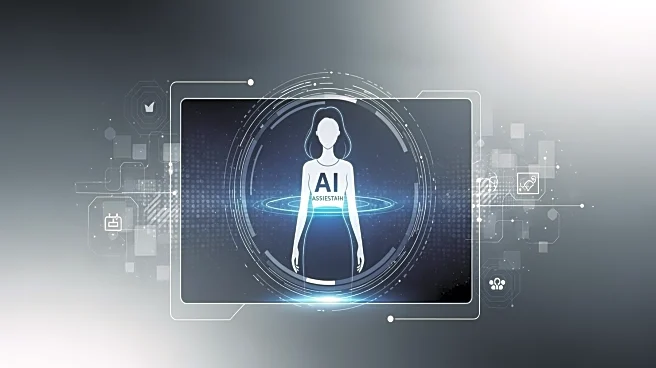What's Happening?
Singapore Telecommunications Ltd (Singtel) has been recognized at the Asian Innovation Excellence Awards 2025 for its PRISM platform, which merges AI and behavioral analytics to predict customer churn
and personalize offers. The platform, powered by Generative AI and deep learning models, analyzes customer interactions to provide actionable insights, enhancing customer retention in Singapore's telecom market. PRISM's integration with OpenAI's GPT-4 and DSPy allows it to extract behavioral features to design retention strategies and personalize offers, improving customer experience and business outcomes.
Why It's Important?
Singtel's achievement highlights the growing importance of AI in transforming customer service and retention strategies within the telecommunications industry. By leveraging AI, Singtel can offer more personalized and efficient services, potentially leading to increased customer satisfaction and loyalty. This innovation sets a benchmark for other telecom companies, encouraging them to adopt similar technologies to enhance their competitive edge. The award underscores the role of AI as a strategic enabler in reshaping business operations and customer engagement.
What's Next?
Singtel is expected to continue its focus on AI-driven solutions to further enhance customer experiences and operational efficiency. The company may expand its AI capabilities to other areas of its business, potentially leading to new service offerings and market opportunities. Industry stakeholders will likely observe Singtel's progress in AI integration, which could influence broader adoption of AI technologies across the telecom sector.
Beyond the Headlines
The use of AI in customer retention and service personalization raises ethical considerations regarding data privacy and the transparency of AI-driven decisions. As AI becomes more integrated into business operations, companies must address these concerns to maintain customer trust and comply with regulatory standards. Singtel's approach to AI innovation may serve as a model for balancing technological advancement with ethical responsibility.











